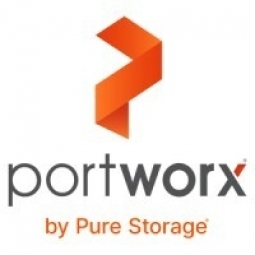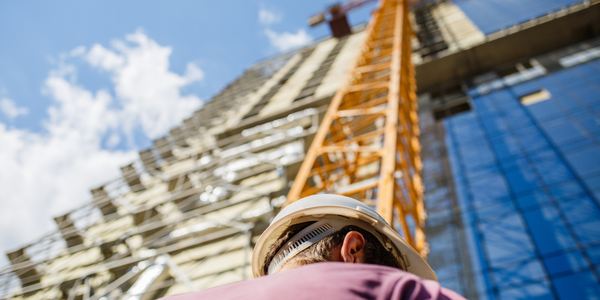技术
- 基础设施即服务 (IaaS) - 云中间件与微服务
- 平台即服务 (PaaS) - 应用开发平台
适用行业
- 水泥
- 建筑与基础设施
适用功能
- 维护
- 产品研发
用例
- 施工管理
- 基础设施检查
服务
- 系统集成
关于客户
WCG Solutions 是一家位于圣地亚哥的国防承包商。该公司为政府客户提供各种服务,包括海军和国防部。该公司由多元化的人员组成,主要是工程(土木、电气、机械)、环境和系统生命周期管理人员。他们从事过各种海事、通信和一般工程项目长达 30 多年。 WCG 提供各种工程和系统管理专业知识,并提供实用的工程,其核心是将概念从绘图板变为现实。他们目前正在为一个主要军事部门开展的项目涉及构建和维护一套基于网络的协作工具。
挑战
WCG Solutions 是一家位于圣地亚哥的国防承包商,其基础设施面临着重大挑战。该公司为包括海军和国防部在内的政府客户提供服务,并参与构建和维护一套基于网络的协作工具。这些工具旨在促进政府内研发组织之间的沟通。然而,该公司正在努力应对糟糕的配置管理带来的巨大技术债务。这导致了一些问题,例如不知道哪些部署是以哪种方式配置的,从而使更新变得非常困难。此外,该公司正在处理必须依赖系统级别的配置管理的问题,这种管理效率低下或效果不佳。该公司在容器中部署有状态服务时也面临挑战。他们的大多数服务都需要持久性,而对不可变基础设施的推动使得很难确保没有一台主机对其基础设施至关重要。
解决方案
为了应对这些挑战,WCG Solutions 转向容器和微服务。容器为公司正在使用的每项服务的每个部分提供了明确的文档。这使得该公司能够将其旧系统及其所有技术债务投入到一个具体的、定义的、记录良好的、可以轻松部署和管理的服务中。该公司使用容器来实现从网络应用程序到数据库的一切更好的态势感知。他们还使用容器调度系统来收集指标并在所有系统之间执行负载平衡。这意味着没有人必须知道特定主机的配置方式。该公司还开始了为期一年的探索,寻找一种为其容器集群提供外部数据存储的方法,以满足该项目的军事级需求。他们最终在 Portworx 中找到了一个解决方案,该解决方案为其基础设施提供了复制且高度可用的 Docker 卷。
运营影响

Case Study missing?
Start adding your own!
Register with your work email and create a new case study profile for your business.
相关案例.

Case Study
System 800xA at Indian Cement Plants
Chettinad Cement recognized that further efficiencies could be achieved in its cement manufacturing process. It looked to investing in comprehensive operational and control technologies to manage and derive productivity and energy efficiency gains from the assets on Line 2, their second plant in India.
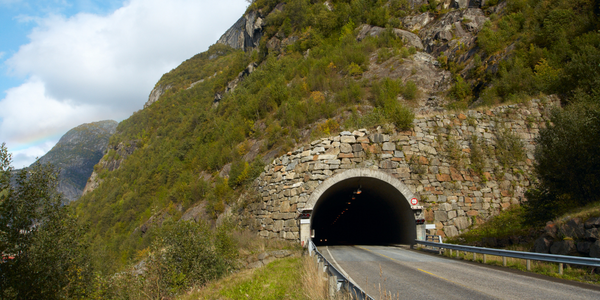
Case Study
IoT System for Tunnel Construction
The Zenitaka Corporation ('Zenitaka') has two major business areas: its architectural business focuses on structures such as government buildings, office buildings, and commercial facilities, while its civil engineering business is targeted at structures such as tunnels, bridges and dams. Within these areas, there presented two issues that have always persisted in regard to the construction of mountain tunnels. These issues are 'improving safety" and "reducing energy consumption". Mountain tunnels construction requires a massive amount of electricity. This is because there are many kinds of electrical equipment being used day and night, including construction machinery, construction lighting, and ventilating fan. Despite this, the amount of power consumption is generally not tightly managed. In many cases, the exact amount of power consumption is only ascertained when the bill from the power company becomes available. Sometimes, corporations install demand-monitoring equipment to help curb the maximum power demanded. However, even in these cases, the devices only allow the total volume of power consumption to be ascertained, or they may issue warnings to prevent the contracted volume of power from being exceeded. In order to tackle the issue of reducing power consumption, it was first necessary to obtain an accurate breakdown of how much power was being used in each particular area. In other words, we needed to be able to visualize the amount of power being consumed. Safety, was also not being managed very rigorously. Even now, tunnel construction sites often use a 'name label' system for managing entry into the work site. Specifically, red labels with white reverse sides that bear the workers' names on both sides are displayed at the tunnel work site entrance. The workers themselves then flip the name label to the appropriate side when entering or exiting from the work site to indicate whether or not they are working inside the tunnel at any given time. If a worker forgets to flip his or her name label when entering or exiting from the tunnel, management cannot be performed effectively. In order to tackle the challenges mentioned above, Zenitaka decided to build a system that could improve the safety of tunnel construction as well as reduce the amount of power consumed. In other words, this new system would facilitate a clear picture of which workers were working in each location at the mountain tunnel construction site, as well as which processes were being carried out at those respective locations at any given time. The system would maintain the safety of all workers while also carefully controlling the electrical equipment to reduce unnecessary power consumption. Having decided on the concept, our next concern was whether there existed any kind of robust hardware that would not break down at the construction work site, that could move freely in response to changes in the working environment, and that could accurately detect workers and vehicles using radio frequency identification (RFID). Given that this system would involve many components that were new to Zenitaka, we decided to enlist the cooperation of E.I.Sol Co., Ltd. ('E.I.Sol') as our joint development partner, as they had provided us with a highly practical proposal.

Case Study
Splunk Partnership Ties Together Big Data & IoT Services
Splunk was faced with the need to meet emerging customer demands for interfacing IoT projects to its suite of services. The company required an IoT partner that would be able to easily and quickly integrate with its Splunk Enterprise platform, rather than allocating development resources and time to building out an IoT interface and application platform.
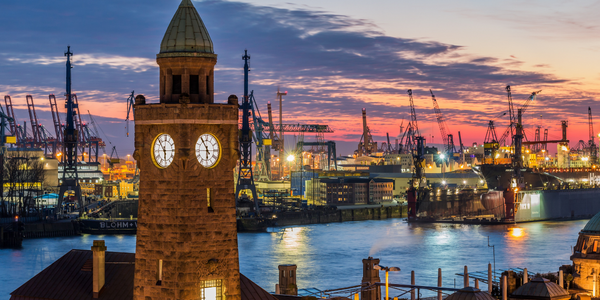
Case Study
Bridge monitoring in Hamburg Port
Kattwyk Bridge is used for both rail and road transport, and it has played an important role in the Port of Hamburg since 1973. However, the increasing pressure from traffic requires a monitoring solution. The goal of the project is to assess in real-time the bridge's status and dynamic responses to traffic and lift processes.
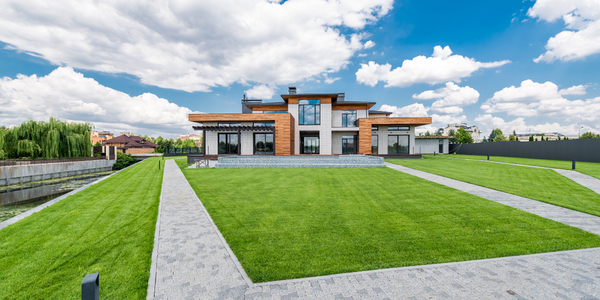
Case Study
Bellas Landscaping
Leading landscaping firm serving central Illinois streamlines operations with Samsara’s real-time fleet tracking solution: • 30+ vehicle fleet includes International Terrastar dump trucks and flatbeds, medium- and light-duty pickups from Ford and Chevrolet. Winter fleet includes of snow plows and salters.




